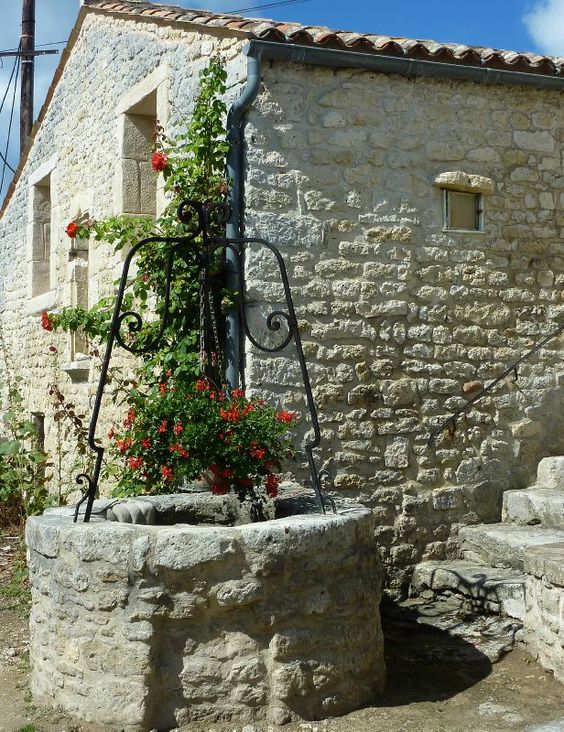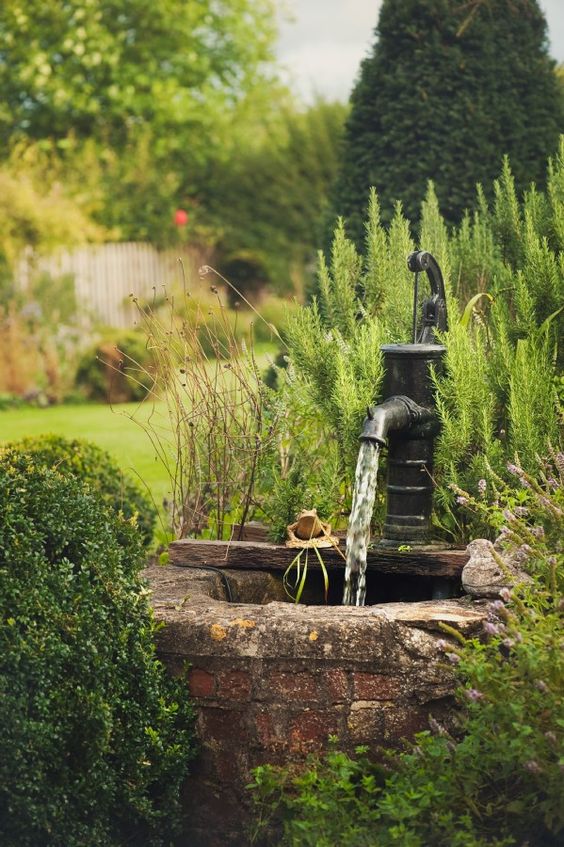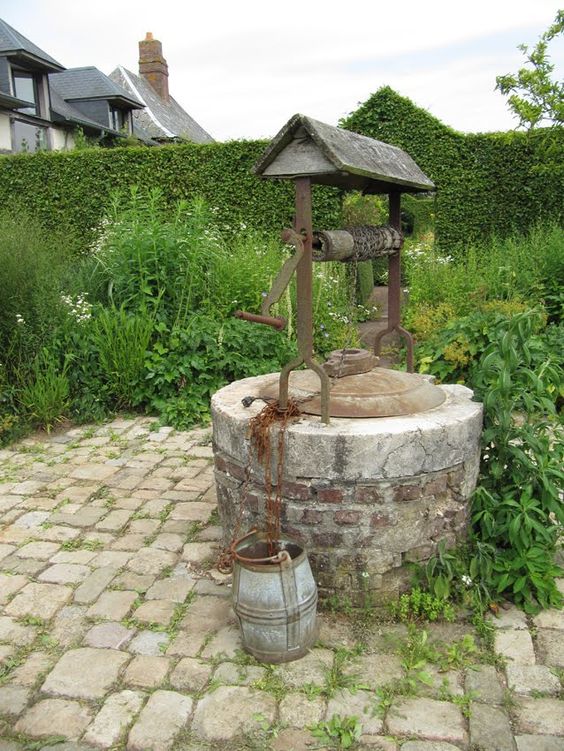
8 Steps for Constructing a Well
Water is a vital requirement for sustaining human life, but there’s one problem, it’s not always that readily available. Around 97% of the world’s fresh water is found underground, so being able to efficiently bring it to the surface is quite an important thing.
It didn’t take long for humans to figure this out, with wells dating back to the best part of 8,000 years to the Neolithic Era. As you can imagine, technology has changed a great deal since then, but the same principles still apply to access water from underground.

Source: Pinterest.com
So how do you go about building a well, and what are the requirements?
1. Find the Right Site
Although 97% of the Earth’s freshwater might be found underground, that doesn’t mean there’s water at the end of every hole you dig.
Once you’ve found an accessible water source, you want to make sure the water is safe and that the conditions are right to extract the water efficiently.
2. Choose the Best Construction
There’s more than one way to build a well and there are many variants that affect the construction you will choose. The native material surrounding the well and the depth of the water source will play a big part in the construction phase, and if it’s not done right, the well might collapse, or the water becomes contaminated.

Source: Pinterest.com
Most wells are generally dug, drilled, or driven, and each method will best suit a different requirement. As you might imagine, a dug well is limited in how deep it can go, whereas driven and drilled wells can access water at much deeper depths.
3. Avoid Contamination Through Sealing
When you’ve gone to the effort of digging a well, the last thing you want is for the water to become contaminated because you haven’t sealed it properly. When constructing the hole, dig it wider than the casing for the well will be so that you can fill the gap between the casing and the native material with a filler material.
The casing seal will normally be an impervious material like cement that stops water from getting in and out of the well. This stops good water from seeping out of the well, but it also prevents potentially harmful liquids from seeping into the well.
4. Test the Well
To understand the capacity of the well and how much water can be taken from it over time, some testing is required upon construction completion. The well will be tested for capacity, and how much the water draws down when pumped for a certain amount of time.

Source: Pinterest.com
These tests allow you to understand the well’s suitability and to get the right pump to meet your requirements.
5. Disinfect the Water
When opening up a well, it’s not unusual for bacteria to get into the area. This means that upon completion of construction, a disinfecting agent, normally chlorine or hypochlorite solution, has to be added to the water.
Once the water has been sterilized, it is tested once again for purity before it can become fully operational. If all the casing and seals have been put in properly, then the well should become a consistent source of freshwater.
6. Store the Water
Depending on the requirements of the well, you will use different ways of storing the water. Water tanks store the water collected from the well and mean the pump can run continuously until the tank is full, rather than having to switch on and off every time someone needs water.

Source: Pinterest.com
The water tanks help take the strain off the pump and store the water at a consistent temperature and pressure so it’s ready for use. As with the pumps themselves, water tanks come in all kinds of sizes to fit your requirements. So, whether you have a well in your garden, or a well serving the needs of a whole village, there’s a water tank to suit those needs.
7. Keep the Well in Good Working Order
It’s important to keep the well in good working order, otherwise, the water source can easily become contaminated, often leading the wells to be abandoned. If you’ve constructed the well properly with good casing and seals then the well should last for a good period, but you’ve got to keep on top of the testing and make sure everything is still functioning well.
Unfortunately, when a well does become defective, it’s often cheaper to abandon the well than repair it, so it’s a good idea to keep on top of maintenance and maximize the water source.
